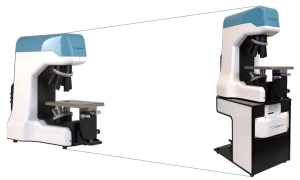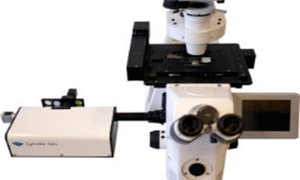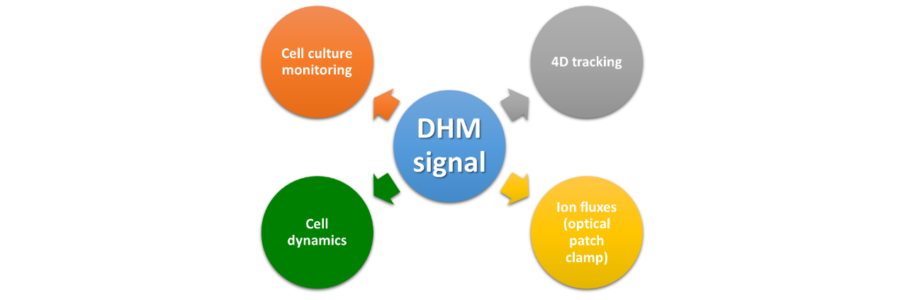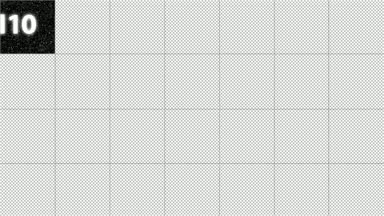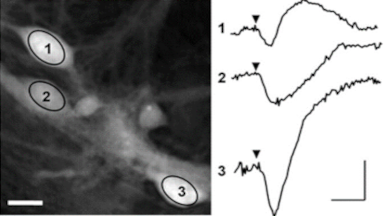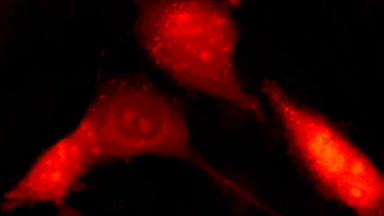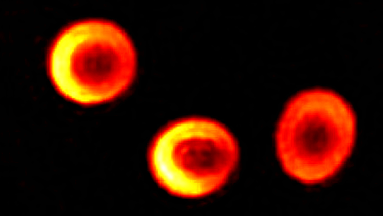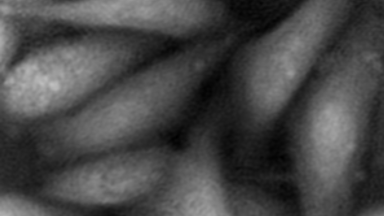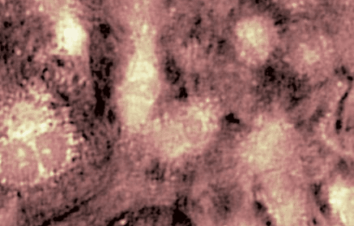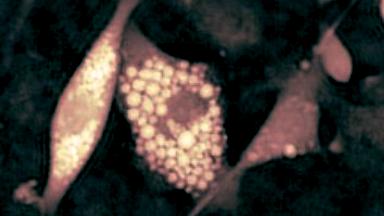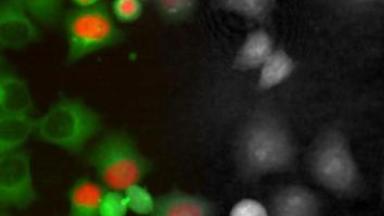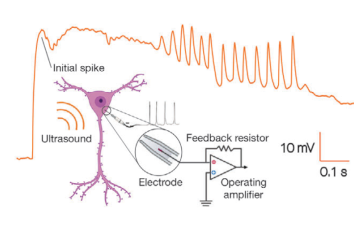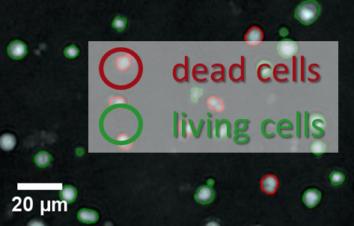Hematological Clinical Parameters
Hematological parameters solution allows strictly non-invasive label-free single cell measurement of a full set of Red Blood Cells (RBC) clinical hematological parameters and sub-population sorting.
Strictly non invasive single cell and subpopulation analysis
- Label-free
- No cell lysis required for hemoglobin measurement
- Each cell can be used as its own control during repetitive measurements
Measurement with a single instrument and a single measurement
- Full set of clinical parameters
- Quantitative clinical data
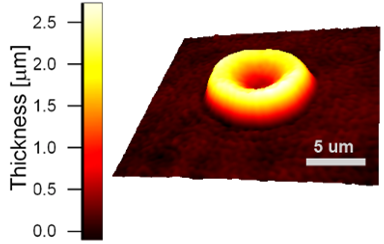
Sample preparation and analysis are very short. It makes use of a single DHM and of a dedicated software analysis software instead of several type of instruments.
Mean Hemoglobin Content (MHC), volume (MCV), diameter, shape, morphology and time-lapse anaylsis of RBC are measured with this 4D-image based solution. Characterize of membrane flickering and its relation to cell metabolism has been studied as well using DHM. Scientific publications have validated it through a full quality assessment using Coulter counters and confocal microscopy. Experimental protocol have bee established.
The hematological parameters solution combines a transmission DHM, and a software for acquisition and analysis. It can be completed by optional motorized XYZ stage and by a fluorescence module enabling you to compare DHM measurements with fluorescence data. Output data are compatible with ImageJ for instance for more extensive and detailed analysis.
Hematological parameter solution provides efficient and fast analysis of hematological parameters at a cellular and sub-population level. It enables to accelerate red blood cell research and diagnostic. Getting faster results decreases your research costs, enable to retrieve more experimental data, and thus catalyze dissemination of your innovative research.
Increase your efficiency:
- Measure a full set of data with a single instrument and a single measurement
- Measure simultaneously at cellular and sub-population level
- Perform easily cell segmentation: data analysis is faster and easier
Decrease your running costs:
- Do no use labeling agent and reagents
- Simplify your experimental protocol
- Make analysis with smaller volume of sample
Hematological Parameters Solution provides non invasive measurement of a full set of parameters with the acquisition of a single measurement with a single instrument. The fast acquisition of DHM enables acquisition of a large number of individual measurement for statistical evaluation. Both individual cells and sub-populations can be studied and analyzed.
DHM are compared below with the following alternative systems:
- Classical optical microscopy (PhC, DIC, … )
- Confocal microscopy
- Coulter counters
DHM vs. other classical microscopy (PhC, DIC, … )
| Feature | DHM | Classical Microscopy |
| Non invasive | ||
| Single cell analysis | ||
| Measurement | 3D | 2D |
| Volume | ||
| Hematological parameters | ||
| Morphology measurement |
DHM vs.Confocal microscopy
| Feature | DHM | Confocal microscopy |
| Non invasive | ||
| Single cell analysis | ||
| Statistical analysis over large population | ||
| Measurement | 4D | 3D |
| Fast volume measurement |
||
| Hematological parameters |
DHM vs. Coulter counters
| Feature | DHM | Coulter counter |
| Non invasive | ||
| Single cell analysis | ||
| Statistical analysis over large population | ||
| Image based | ||
| Volume | ||
| Hematological parameters | ||
| Morphology measurement |
Hematological Parameters Solution has been demonstrated in the following publications, which provide comparative measurements of hematological parameters using conventional methods and DHM. The are discussed in more details in the application section.
- Hemoglobin content measurement by DHM compared with optical density measurements [Rappaz 2008]
- Comparison of diameter and volume measurement using impedance measurement, confocal scanning and DHM [Rappaz 2008]
- Decoupling between morphology and refractive index [Boss 2013]
